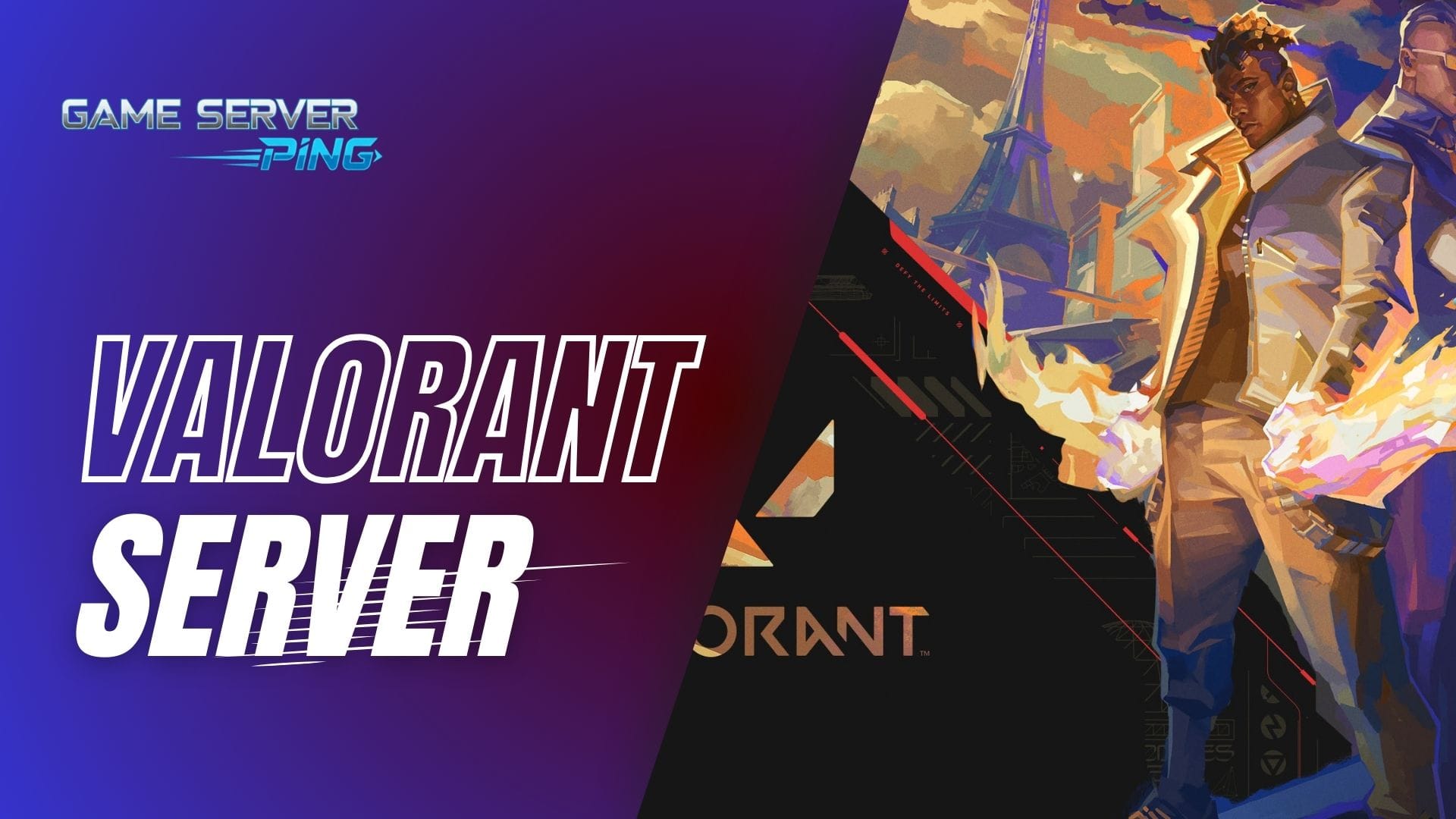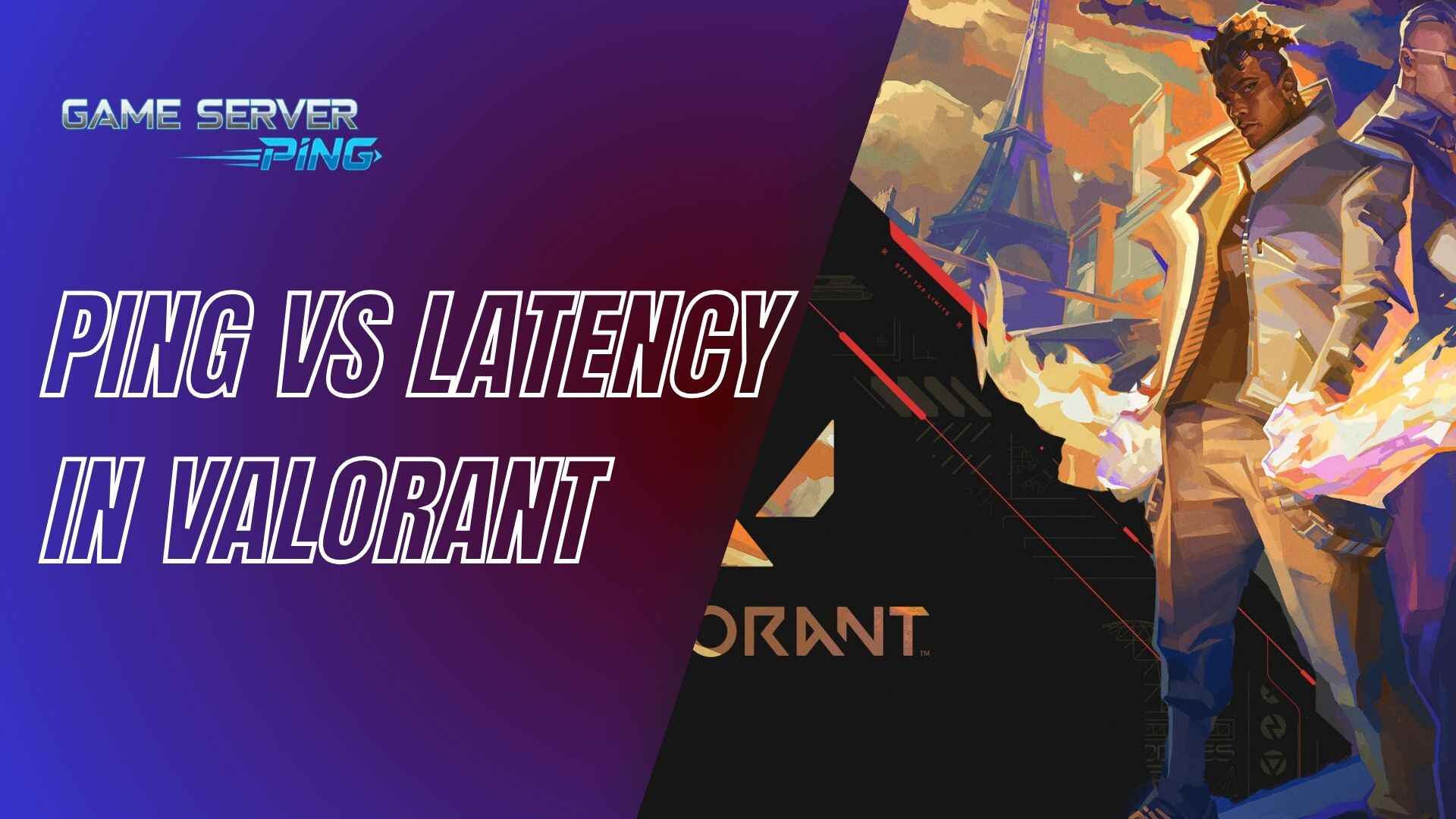Now Reading: Check Valorant Server Status Live – All Regions
- 01
Check Valorant Server Status Live – All Regions

Check Valorant Server Status Live – All Regions
As someone who spends hours grinding ranked in Valorant, I know how painful it feels when a perfectly lined-up headshot gets ruined because of lag spikes or random disconnections. At first, I always blamed my own internet connection, but over time, I realized that a lot of those issues were because of Valorant servers acting up.
That’s why keeping an eye on Valorant server status live is so important. It tells you right away if the problem is your own network or if the game servers are down. Instead of wasting 30 minutes restarting the router, I just run a quick status check and confirm if Valorant is online, laggy, or under maintenance.
If you’re like me and want to make sure your game runs smoothly, you can always try tools like the Valorant Ping Test Tool or even compare your experience with my breakdown of Ping vs Latency in Valorant.
What Does Valorant Server Status Mean?
When we talk about Valorant server status, it’s not just a yes-or-no thing about whether the game is online. It actually includes a bunch of different factors:
- Can you log in with your Riot ID without issues?
- Is the matchmaking server running properly or do you keep getting error codes?
- Are the servers handling gameplay smoothly, or is there packet loss and jitter mid-fight?
For me, the most frustrating part is when Valorant is technically “online,” but servers are running so slow that every peek feels delayed. That’s why I rely on checking both the server speed and ping stability before jumping into ranked.
Is Valorant Online Right Now?
This is the first thing every player asks when they can’t get into a match: “Is Valorant down or is it just me?”
Here’s how I usually figure it out:
- If I can’t log in at all, it’s usually a server-side issue.
- If I get into the game but see matchmaking errors, then that specific service is probably down.
- Sometimes servers are up but running at high ping, which makes it feel unplayable even though the game is technically “online.”
Valorant Server Status
Use this free tool to check Valorant server status, average and jitter across regions worldwide.
 EU North (Stockholm)Checking...Ping: -- ms
EU North (Stockholm)Checking...Ping: -- ms EU West (Paris)Checking...Ping: -- ms
EU West (Paris)Checking...Ping: -- ms EU West (Dublin)Checking...Ping: -- ms
EU West (Dublin)Checking...Ping: -- ms EU Central (Frankfurt)Checking...Ping: -- ms
EU Central (Frankfurt)Checking...Ping: -- ms NA East (Virginia)Checking...Ping: -- ms
NA East (Virginia)Checking...Ping: -- ms NA Central (Ohio)Checking...Ping: -- ms
NA Central (Ohio)Checking...Ping: -- ms NA West (N. California)Checking...Ping: -- ms
NA West (N. California)Checking...Ping: -- ms NA Northwest (Oregon)Checking...Ping: -- ms
NA Northwest (Oregon)Checking...Ping: -- ms South America (São Paulo)Checking...Ping: -- ms
South America (São Paulo)Checking...Ping: -- ms Asia West (Tokyo)Checking...Ping: -- ms
Asia West (Tokyo)Checking...Ping: -- ms Asia North (Seoul)Checking...Ping: -- ms
Asia North (Seoul)Checking...Ping: -- ms India (Mumbai)Checking...Ping: -- ms
India (Mumbai)Checking...Ping: -- ms Asia East (Hong Kong)Checking...Ping: -- ms
Asia East (Hong Kong)Checking...Ping: -- ms SEA (Singapore)Checking...Ping: -- ms
SEA (Singapore)Checking...Ping: -- ms Oceania (Sydney)Checking...Ping: -- ms
Oceania (Sydney)Checking...Ping: -- ms Middle East (Bahrain)Checking...Ping: -- ms
Middle East (Bahrain)Checking...Ping: -- ms
Valorant Game Status Explained
Once you know whether the servers are online, the next thing is checking the overall game status. From my experience, this usually breaks down into three parts:
- Login servers – sometimes you’ll see errors before even hitting the main menu.
- Matchmaking servers – you click “play,” but the game never finds a match or keeps disconnecting.
- Gameplay servers – this is where ping, latency, and Valorant jitter speed come into play.
I’ve had matches where I got in without problems, but halfway through the game the servers felt like they were on life support. That’s why looking at real-time Valorant server status updates gives you a better idea of what’s actually happening.
Understanding Valorant Server Status
When I first started playing Valorant, I honestly didn’t pay much attention to server status. If the game felt laggy, I just assumed it was my Wi-Fi acting up. But after a while, I realized that half the time it wasn’t my internet at all – it was the Valorant servers struggling. That’s when I really started digging into what server status actually means.
In simple terms, Valorant server status tells us how the game’s servers are performing right now. It’s not just about whether they’re online or offline – there are different layers to it. Here’s what it usually includes:
Official Riot Servers vs Third-Party Checkers
Riot has its own official server status page, which shows if the servers are undergoing maintenance or if there’s a known issue. The problem is, those updates sometimes come late. That’s why I also use third-party server check tools that give me live results like ping, latency, and jitter speed. They’re much faster when I need to confirm what’s happening in real-time.
Why Do Valorant Servers Go Down?
There are a few common reasons servers might be offline or unstable:
- Scheduled maintenance – Riot usually takes servers down to roll out updates or patches.
- Unexpected crashes – sometimes servers overload, especially right after a new Act or Episode drops.
- Regional problems – one server region may be laggy or offline while others are perfectly fine.
- Internet routing issues – even if the servers are up, sometimes the route from your ISP to Riot’s servers causes problems.
For me, the worst is when servers are technically “online,” but matches feel completely unplayable because of lag and jitter. That’s why I always check Valorant server status before hopping into ranked, especially during peak hours.
Valorant Jitter Speed & Why It Matters
If you’ve ever had those weird moments in Valorant where enemies seem to teleport, your bullets don’t register, or movement feels choppy, chances are you’re dealing with jitter. For me, jitter is honestly more annoying than high ping because it makes the game completely unpredictable.
What is Jitter in Online Gaming?
In simple terms, jitter is the inconsistency in your connection’s response time. While ping measures the average delay between your PC and the Valorant server, jitter measures how stable that delay is.
For example:
- If your ping is 40ms and stays around 40ms consistently, that’s perfect.
- If your ping keeps jumping between 40ms, 120ms, and 80ms, that’s high jitter — and that’s when Valorant starts to feel broken.
So even if you technically have “low ping,” jitter can make your gameplay feel laggy.
How Jitter Affects Valorant Performance
Here’s how jitter has ruined matches for me more than once:
- Missed shots – You line up a headshot, fire, and suddenly the server registers it late.
- Teleporting enemies – Opponents stutter across the screen instead of moving smoothly.
- Delayed abilities – Smokes, flashes, and abilities take longer than they should to appear.
Basically, jitter makes the game feel unfair because you can’t properly react in real-time. And when you’re in ranked, even a small amount of jitter can cost you the entire round.
How to Detect High Jitter from Server Codes
When I run a server test, I don’t just look at the ping. I also check the jitter values in the status code. If the jitter is above 20–30ms, I know I’m going to have problems inside the game.
You can check both ping and jitter speed live using our Valorant Ping Test Tool. It gives you a quick snapshot of how stable your connection is to the Valorant servers.
If the ping looks fine but your jitter is spiking, you’ll know immediately why your matches feel laggy even though the servers appear online.
Are Valorant Servers Laggy?
I can’t even count how many times I’ve loaded into a Valorant match and instantly felt that something was off — shots delayed, enemies moving like they’re on roller skates, and abilities not syncing up properly. At that moment, the first thought in my head is always, “Are the Valorant servers laggy right now, or is it just me?”
Sometimes the answer is simple, but most of the time, it’s a mix of different things.
Causes of Lag in Valorant Servers
From what I’ve noticed while playing, lag usually comes from three main causes:
- Server-side problems – Riot’s servers can get overloaded, especially right after updates or during peak hours.
- Network routing issues – even if servers are fine, the path between your ISP and the server may cause spikes.
- Maintenance or instability – when servers are under stress or halfway through an update rollout, matches can feel inconsistent.
I’ve had days where every match felt like quicksand, only to check later and realize Riot confirmed server issues in my region.
Difference Between Server Lag and Client Lag
This is super important to understand because not every “laggy” moment in Valorant is server-related.
- Server lag happens when Riot’s servers are unstable. You’ll see everyone in the game freezing, teleporting, or rubber-banding. It affects all players equally.
- Client lag is when the issue is on your side — maybe your PC is struggling, or your Wi-Fi is overloaded. In this case, only you experience the stutters while everyone else is playing smoothly.
Whenever I see all 10 players frozen in place, I know it’s the server. But if only I’m rubber-banding, I need to check my own setup.
Fixes and Solutions for Laggy Matches
The good news is, even if Valorant servers feel laggy, there are a few things you can try on your end to smooth things out:
- Use a wired connection instead of Wi-Fi — it reduces packet loss and jitter.
- Choose the closest server region inside Valorant’s settings for lower ping.
- Run a live ping and jitter test with the Valorant Ping Test Tool to confirm if the issue is server-side or on your connection.
- Close background apps that eat up bandwidth, like streaming or downloads.
If all else fails and the servers themselves are unstable, the only option is usually to wait it out or switch to another server region temporarily.
Valorant PS5 Server & Console Considerations
As someone who’s been playing Valorant on PC since launch, I’ve always wondered what it would be like to experience the game on console. With Valorant finally confirmed for PS5 and Xbox, one of the biggest questions in the community right now is about servers: “Will there be a dedicated Valorant PS5 server, or will console players share servers with PC?”
Is There a Dedicated PS5 Server for Valorant?
At the moment, Riot hasn’t launched a separate Valorant PS5 server. Instead, console players are expected to connect to the same server regions as PC players. That means if you’re in North America, EU, Asia-Pacific, or other regions, you’ll still be connecting to Riot’s existing server infrastructure.
From my perspective, this makes sense because creating brand-new PS5-only servers would split the player base. But it also raises concerns about latency and fairness when console and PC players are competing in the same matches.
Server Optimization for Console Players
Even though there aren’t dedicated PS5 servers, Riot has done a lot to optimize the server experience for console gamers. Valorant’s engine already runs on a 128-tick server system, which ensures smoother movement and bullet registration compared to many other shooters.
On console, the focus will likely be on:
- Keeping low ping and consistent jitter for competitive matches.
- Balancing aim assist and crosshair precision to work well with server updates.
- Ensuring stable matchmaking servers that don’t overload during peak console gaming hours.
I know from playing other shooters on PS5 that even a small amount of server lag feels more obvious with a controller compared to a mouse and keyboard, so these optimizations will be critical.
Future of Cross-Platform Valorant Servers
Looking ahead, I think Riot’s real challenge will be cross-platform server stability. If console and PC players are eventually matched together, servers need to handle differences in input devices, reaction times, and even network setups.
Some players are excited about the possibility of crossplay, while others fear it could make matches unfair. But from what I’ve seen Riot do with League of Legends and other titles, they’ll likely keep servers balanced by separating casual and ranked experiences across platforms.
Either way, as Valorant expands to PS5, we can expect Riot to keep investing heavily in server infrastructure. That means more global servers, smoother gameplay, and fewer outages — which is exactly what both PC and console players need.
Why does Valorant feel smooth one day and laggy the next, even on the same connection?
That usually comes down to server load. During peak hours, Riot’s servers get busier, which can cause ping spikes and jitter. To see how much your connection is actually being affected, you can try our Valorant Ping Test Tool and compare your results.
Can DNS changes improve my Valorant server connection?
es, switching to faster DNS servers like Google DNS or Cloudflare sometimes improves routing to Riot’s servers. But DNS won’t always fix high latency. If you want to understand why, check out our detailed guide on Ping vs Latency in Valorant.
Does using a VPN really lower ping in Valorant?
Sometimes, yes. A VPN can create a better route to Riot’s servers, but it’s not guaranteed. If your server is overloaded, no VPN will completely fix it.
Why do I still feel laggy with low ping?
This usually comes from jitter or packet loss. Even with stable ping numbers, micro-delays in data transfer can make gameplay feel unresponsive.
What’s the difference between internet speed tests and Valorant server speed?
A speed test measures your overall internet connection, while Valorant server speed is specifically how fast your connection is with Riot’s game servers.
Can Valorant servers ever go completely offline worldwide?
It’s rare, but large outages have happened in the past. Most downtime usually affects only a single region at a time.











